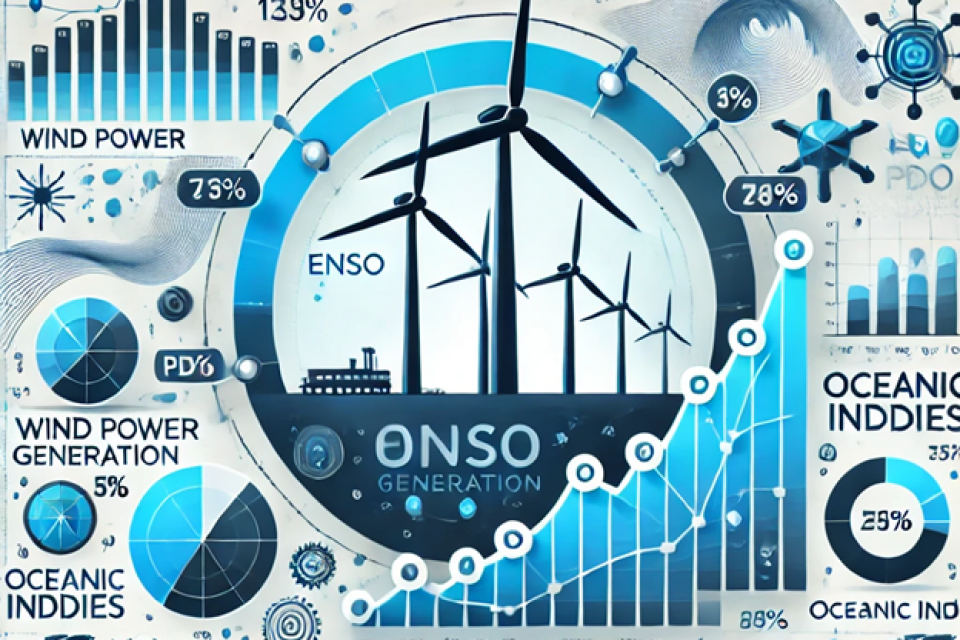Datasets
Standard Dataset
Wind Power Generation vs Oceanic indices in Sri Lanka
- Citation Author(s):
- Submitted by:
- Namal Rathnayake
- Last updated:
- Sat, 02/15/2025 - 09:42
- DOI:
- 10.21227/gfcc-x209
- Data Format:
- License:
 174 Views
174 Views- Categories:
- Keywords:
Abstract
This dataset provides a comprehensive record of wind power generation and its relationship with oceanic-atmospheric indices, facilitating advanced forecasting and analytical research in renewable energy. The dataset comprises 12 input parameters, including average wind speed, which serves as a crucial predictor, while wind power generation acts as the output variable. The data spans from January 2015 to December 2019, covering a total of 33 monthly samples. The wind power generation exhibits distinct seasonal patterns and long-term trends, with the highest power output observed in June 2018 and the lowest in December 2019.
To enhance predictive modeling, the dataset integrates monthly oceanic indices, derived through an analysis of their day-to-day fluctuations, capturing their potential lead-lag influence on wind power generation. The use of monthly-scale indices aligns with the power plant's operational frequency, enabling correlation-based insights into atmospheric drivers. While the dataset does not explicitly model the complex physics of atmospheric interactions, it attributes wind speed variations—the primary determinant of power output—to broader atmospheric phenomena. The high data quality and discernible trends make this dataset an essential resource for researchers exploring wind power forecasting, climate-energy interactions, and machine learning applications in renewable energy.
The dataset provides a structured record of wind power generation along with 12 input parameters, including average wind speed and various oceanic indices, making it valuable for predictive analysis and trend identification. Users can analyze the dataset to explore seasonal variations, correlations between atmospheric phenomena and wind power, and potential forecasting applications. Given its monthly resolution from January 2015 to December 2019, researchers can perform time-series analysis, correlation studies, and machine learning-based forecasting. Preprocessing steps such as data normalization, handling missing values, and feature engineering can enhance the dataset’s usability for predictive modeling. The inclusion of oceanic indices allows users to investigate lead-lag relationships between climate variability and wind power generation, offering insights into the broader dynamics of renewable energy production. This dataset serves as a valuable resource for researchers in renewable energy, atmospheric sciences, and data-driven energy forecasting.
More from this Author







